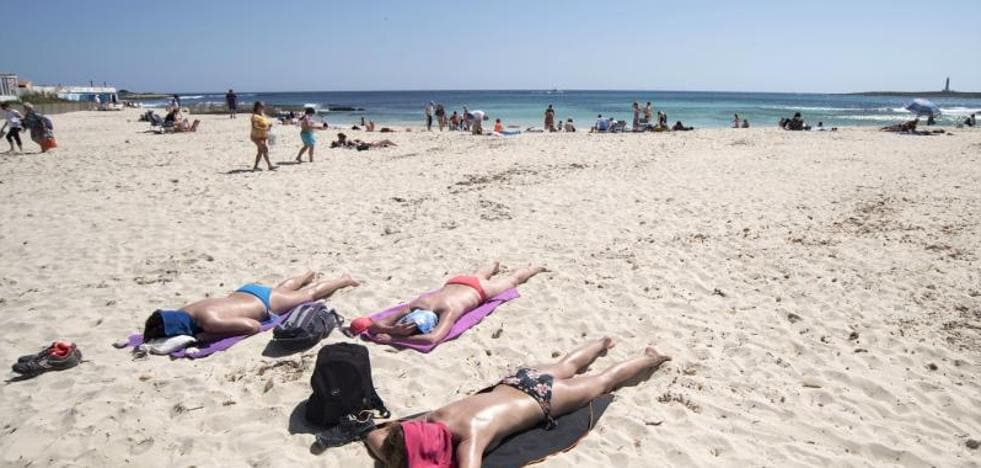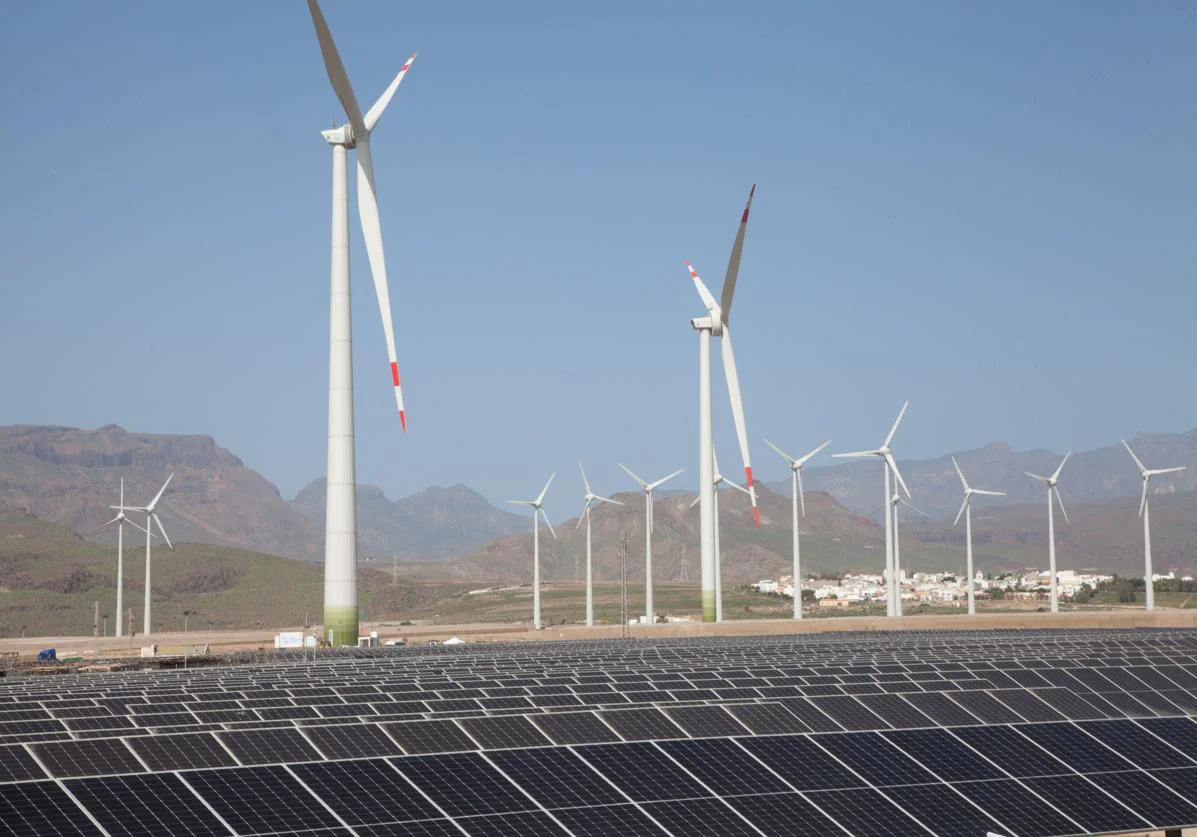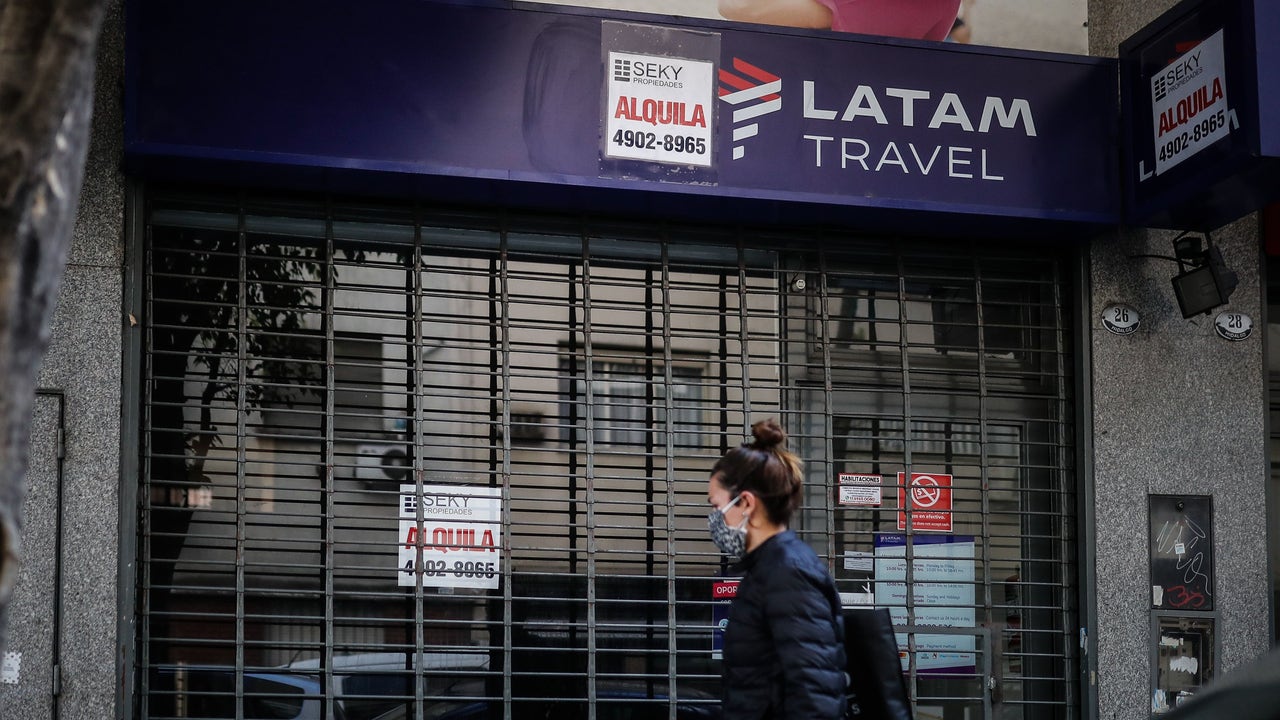Hotels, at full occupancy, 15% more expensive than before the pandemic

Entrepreneurs accuse costs up to 30% higher than those of 2021, especially for energy, but they anticipate a winter season 6% higher than that of 2019
Tourism exceeded 2019 levels in September and October despite inflation as long-haul travelers -such as Asian markets- have not yet fully reactivated. Hoteliers are very "satisfied" both with the figures obtained in the summer season and those forecast for winter. The Confederation of Hotels and Tourist Accommodations (Cehat) pointed out this Thursday at a press conference that the sector has managed to "adjust prices to demand."
In this sense, the ADR (the average daily price of occupied rooms) is 15% higher than that registered in the same season of 2019, so revenues are 13% higher for the sector. This is due to the fact that occupancy is at a maximum, at 98% of the levels before the pandemic, after national tourism has settled in very good figures and international tourism is recovering at a very good pace. Even so, the data from Cehat indicate that post-pandemic national tourism is still higher than in 2019, with 47% of total tourism, three points higher.
Despite the general satisfaction of the sector regarding profitability and occupancy, they ensure that employers are suffering a rise in their costs of between 20% and 30%. Above all due to energy prices, which make up one of the largest items in the costs of hotel companies, and even more so now that the winter season is beginning with key sectors such as the mountains.
According to his forecasts, hotel prices in the last three months have been higher than those of 2019, but this has not eroded demand, and it seems that the next quarter will go in the same direction. What they do not dare to predict is how prices will behave in the spring-summer of 2023, since they assure that everything will depend on how the economy and the disposable income of tourists evolve.
Interest in traveling to Spain remains intact
"Sales in the portfolio are now higher than those of 2019 and we have been able to verify how the price increase is not affecting the demand for any of the tourist products," said the president of Cehat, Jorge Marichal, who advanced a good winter ahead in which also "more employment is being generated than ever". The direct channel currently has sales that almost double those of 2019 (183% compared to the same date in 2019).
The recovery of international tourism, supported by a contained travel intention during these years, is also evident. Despite the fact that the months of December to February are considered low season (except in the Canary Islands), interest in traveling to Spain remains 40% above pre-pandemic levels, observing the highest growth rate in the issuing market of the Nordic countries and long-term markets such as Asia are still waiting for recovery.
The air sector, which already registered 10.9 million passengers between September and October, presents figures close to 2019 for this winter. The increase in the capacity of the airlines, together with the improvement of the connectivity of the rail sector and greater competition, will also contribute to significantly stimulating demand during the coming months, both nationally and internationally.










